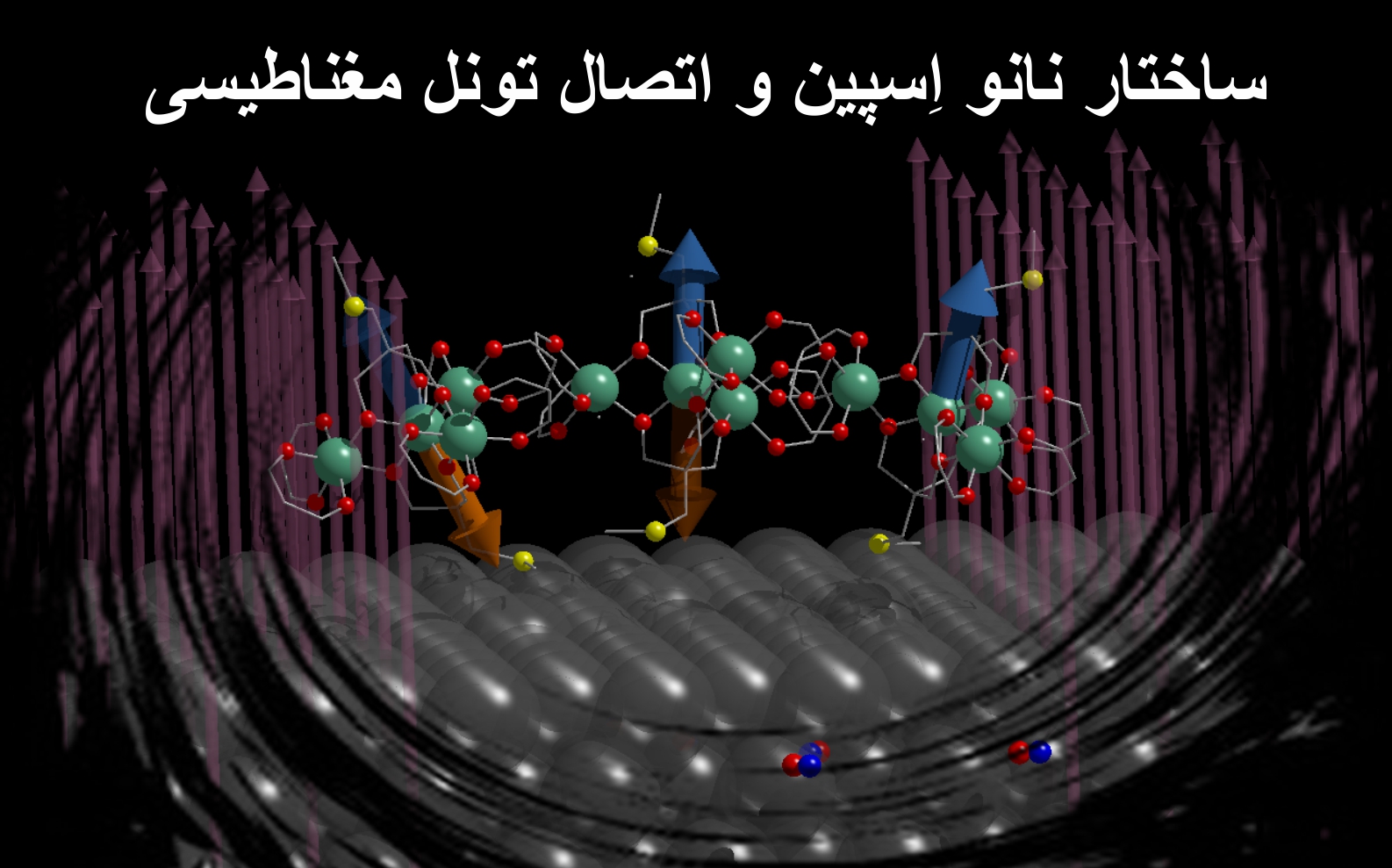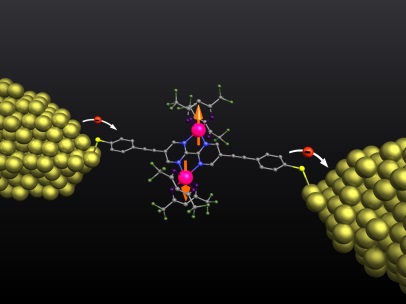Section "Nanospin Electrons" - Nanoelectronics
Nanospin structure and magnetic tunnel junction application
Note: This nanospin structure and magnetic tunnel connection were not used in the industry; To change the magnetization of the ferromagnetic layer, an external magnetic field had to be used, which caused many problems. In this case, it is possible to change the magnetization using 1-spin current
This nanospin structure can practically provide the possibility of using the magnetic resistance tunneling phenomenon. It is said that the method to change the magnetization of the spin torque transfer can be made a variable resistance using this technology. Variable resistance can be used both for data storage and for switching. The working mechanism of this technology is defined to change the resistance.
"Nanospin Electrons" programmable positional assembly at the molecular scale is the main mechanism for achieving high flexibility and maximum precision and quality in production. Molecular electronics nanotechnology, or "spin electron nanotechnology," is another key to practical molecular fabrication, the ability to build large quantities of precise molecular structures, or to assemble larger objects from a large number of smaller ones with molecular precision—i.e., massively parallel assembly. The end result of this process will be the development of a basic molecular assembler that uses nanotechnology in the phase of nanoelectric machines (for example, nanometer gears, springs, springs, motors, bodies) and for the construction of specific structures. Is. In general, molecularly precise "electron nanospins" follow a set of instructions to make a desired one. Due to the specific surface area and high surface energy, the multiplied nanoparticles stick together and form a mass. This phenomenon leads to the loss of properties resulting from the small size of these particles. To prevent the accumulation of nanoparticles in the synthesis stage, stabilizers are used. Usually, two types of methods, electrostatic and spatial drift, are used to stabilize nanoparticles. In the first method, ions are used to stabilize nanoparticles. These ions are absorbed into the particles and form an electrically charged layer around the nanoparticles.
Conclusion:
This nanospin structure and magnetic tunnel connection were not used in the industry; To change the magnetization of the ferromagnetic layer, an external magnetic field had to be used, which caused many problems. In this case, it is possible to change the magnetization using 1-spin current.
Researcher and author: Dr. ( Afshin Rashid)
Specialized doctorate in nano-microelectronics




